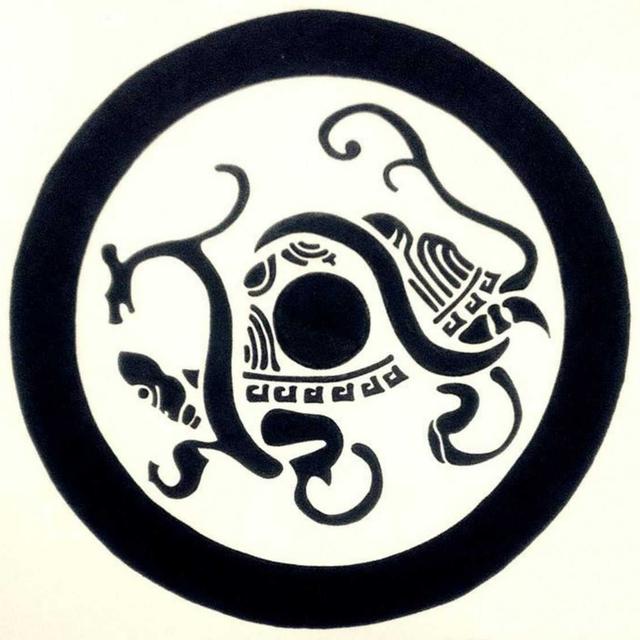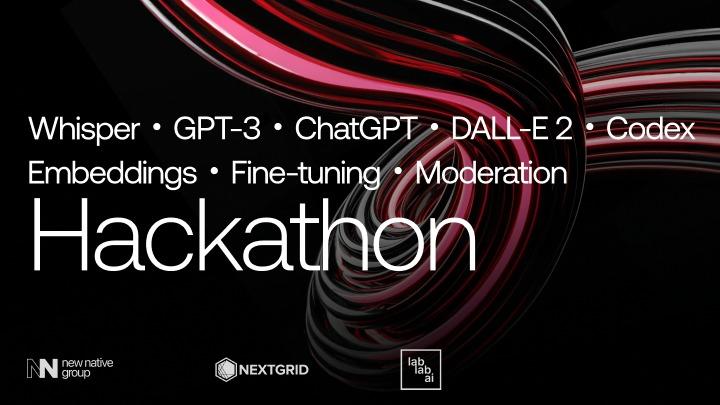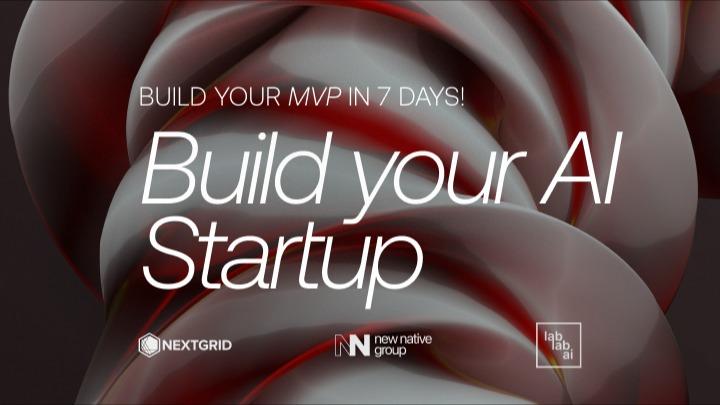🤝 Top Collabolators
🤓 Latest Submissions

Typography Beta
Typography is a powerful AI-assistant digital art content creation tool that enhances the skills and creativity of digital creators. The key process of Typography is to guide creators to Uncovering the creator's original ideas; Refining the major ideas to keynote; Exploring the variance in format, style, and expressiveness, such as literature, social post, painting, image-text combo, etc. Minting, sharing, and promoting the final product as digital NFT artwork. The magic behind the scene 1/ Reflective guide question ideation to approach the keynote Using reflective prompt-generated guiding questions to lead creators to establish the main themes and ideas, ensuring that new perspectives remain aligned with the original intent. This leads to a more productive dialogue and a deeper understanding of the creation, guiding the conversation toward actionable outcomes. Having a keynote is important in conversational creation as it serves as a clear and concise framework for establishing the main themes and ideas to be explored. 2/ Keynotes anchoring & drifting elimination Anchoring the keynote is crucial for conversational creation, as it helps prevent topic drifting and keeps the process under control, thus increasing the quality & productivity of creation. 3/ progress control & Satisfaction evaluation [3-1 Progress control] Typography plays an important role in managing a creator's focus during the three stages of the creation process: keynote development, expression refining, and artistic balance post-check. [3-2 Satisfaction evaluation] To ensure a smooth transition between stages, it is crucial to establish a series of self-reflection mechanisms, also known as satisfaction evaluations, that can dynamically measure the maturity of each stage. 4/ Intake all these features into a seamless user experience.
4 Mar 2023

Typography Alpha
Typography is a powerful AI-assistant digital art content creation tool that enhances the skills and creativity of digital creators. The key process of Typography is to guide creators to Uncovering the creator's original ideas; Refining the major ideas to keynote; Exploring the variance in format, style, and expressiveness, such as literature, social post, painting, image-text combo, etc. Minting, sharing, and promoting the final product as digital NFT artwork. The magic behind the scene 1/ Reflective guide question ideation to approach the keynote Using reflective prompt-generated guiding questions to lead creators to establish the main themes and ideas, ensuring that new perspectives remain aligned with the original intent. This leads to a more productive dialogue and a deeper understanding of the creation, guiding the conversation toward actionable outcomes. Having a keynote is important in conversational creation as it serves as a clear and concise framework for establishing the main themes and ideas to be explored. 2/ Keynotes anchoring & drifting elimination Anchoring the keynote is crucial for conversational creation, as it helps prevent topic drifting and keeps the process under control, thus increasing the quality & productivity of creation. 3/ progress control & Satisfaction evaluation [3-1 Progress control] Typography plays an important role in managing a creator's focus during the three stages of the creation process: keynote development, expression refining, and artistic balance post-check. [3-2 Satisfaction evaluation] To ensure a smooth transition between stages, it is crucial to establish a series of self-reflection mechanisms, also known as satisfaction evaluations, that can dynamically measure the maturity of each stage. 4/ Intake all these features into a seamless user experience
24 Feb 2023
.png&w=256&q=75)
.png&w=640&q=75)

.png&w=640&q=75)


